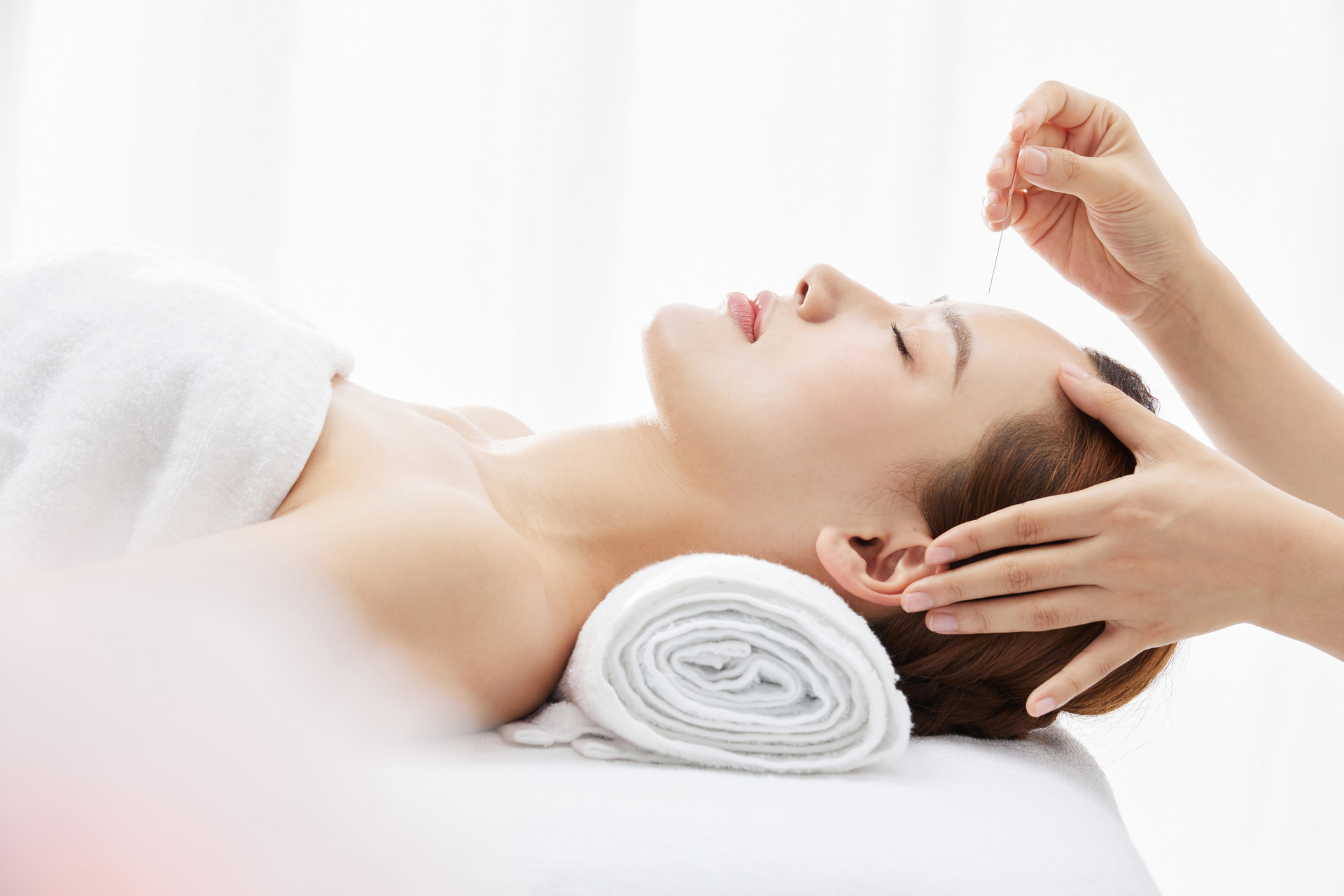We are often troubled by minor illnesses that medication does not have much effect on, causing great inconvenience to our daily lives. One such disease is rhinitis. Nowadays, many people use traditional Chinese medicine to treat rhinitis. Today, I will teach you how to use acupuncture in traditional Chinese medicine to treat rhinitis.
Acupuncture Can Treat Rhinitis
The main cause of rhinitis is the invasion of pathogenic factors into the lungs, which are connected to the nose. Therefore, it is easy for rhinitis to occur. The symptoms of rhinitis should be distinguished between early and late stages. In the early stage, patients may experience symptoms such as headache, fever, and chills. In more severe cases, symptoms may include dizziness, congestion, and nasal obstruction.
Using traditional Chinese medicine can effectively restore the patient's health and fundamentally eliminate the disease. The specific treatment methods are as follows:
First: Acupuncture
This is a relatively common practice, using needle stimulation on the Yingxiang point of the body. Acupuncture may also be performed on the forehead point and the Zanzhu point, which have a good effect on promoting meridian circulation and clearing heat. Acupuncture on the Hegu point has the function of clearing heat and resolving exterior conditions. Acupuncture on the Waiqi point helps clear the nasal meridians and effectively treat nasal congestion. For patients with external symptoms, acupuncture may be performed on the Quchi point and Fengchi point, which have a good effect in dispelling wind and clearing heat. This treatment method is recommended to be performed once a day, and the needles should be left in place for about half an hour.
Second: Acupressure
In addition to acupuncture, acupressure can also be used in specific acupuncture points to effectively treat rhinitis and reduce the risk.
1. First, massage the meridian points. Use alternating fingers to massage the Yingxiang point about fifty times, then massage the Taiyang point for one minute. Massage the Zhongfu point, Chize point, Hegu point, and Fengchi point for about one minute each. This can achieve very good results.
2. Pinch the nose. Patients can massage and knead the sides of the nose from top to bottom whenever they have spare time, then gently press the Yingxiang point for one minute. This can also achieve unexpected results.
How to Take Care of Rhinitis
Rhinitis is not a serious illness, but it can greatly inconvenience our daily lives. For example, students with rhinitis cannot pay attention in class, which has a negative impact on their studies. So how should we prevent and manage rhinitis? It is not just about enhancing the body's resistance.
First: Avoid long-term medication
Many rhinitis patients take medication or use drugs to suppress the symptoms in order to alleviate the discomfort caused by rhinitis. However, this practice is not correct. Long-term use of medication can lead to drug resistance, making future treatments more difficult. Therefore, rhinitis patients should not rely on long-term medication.










